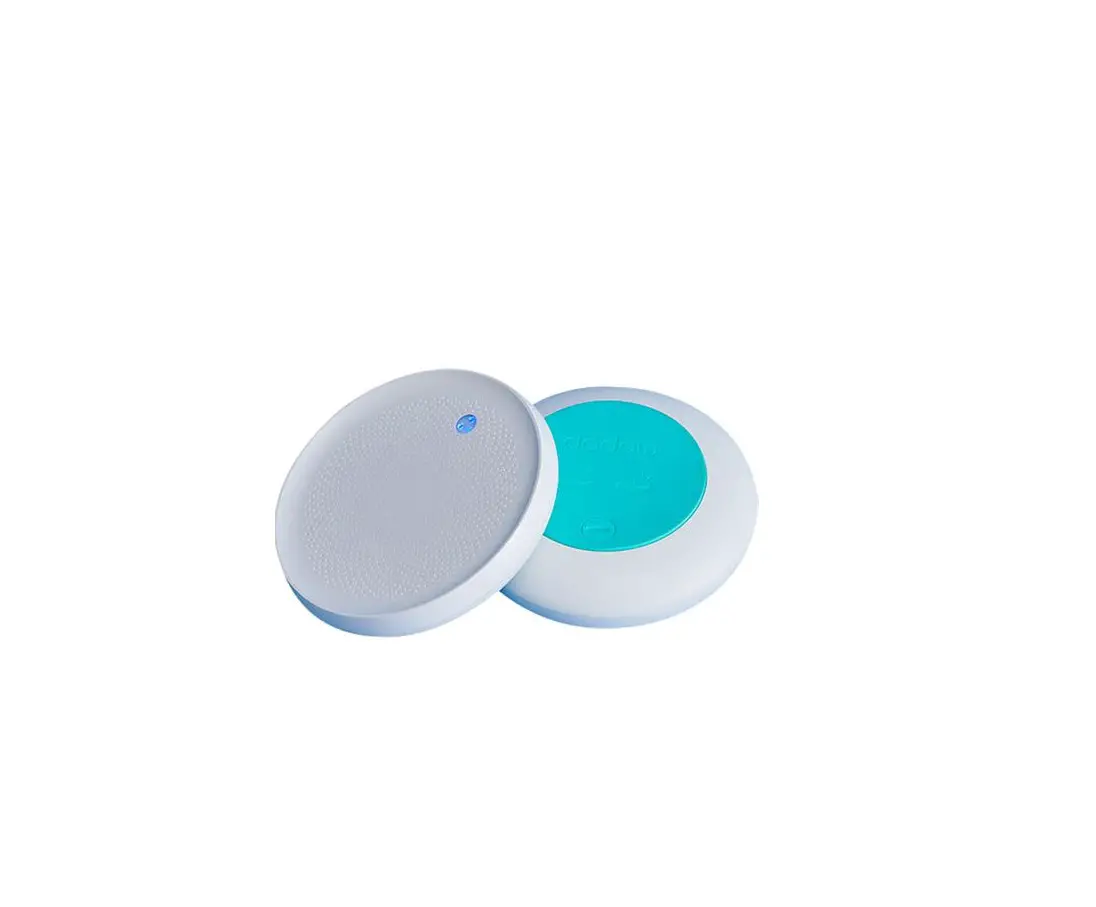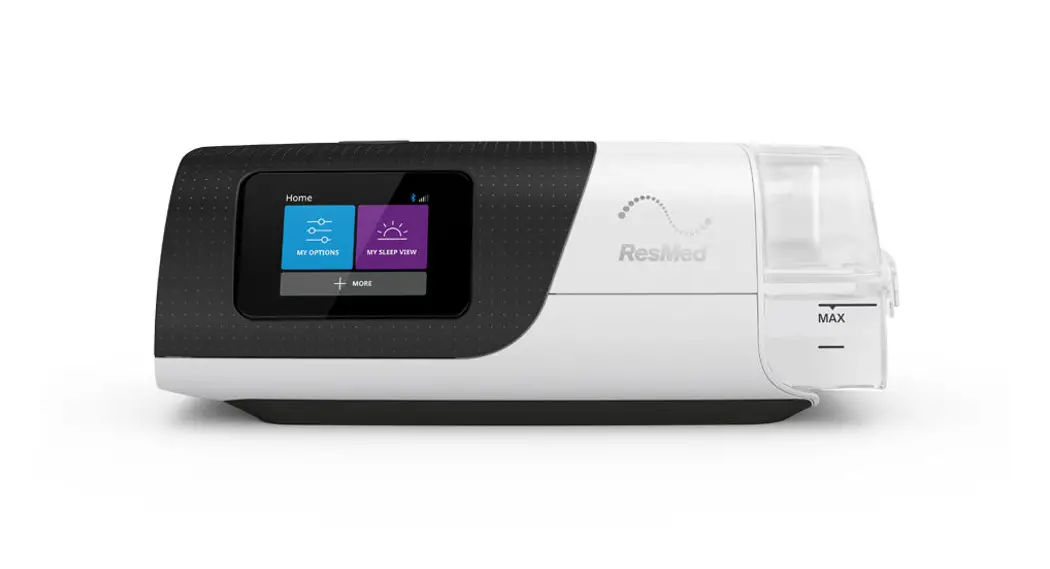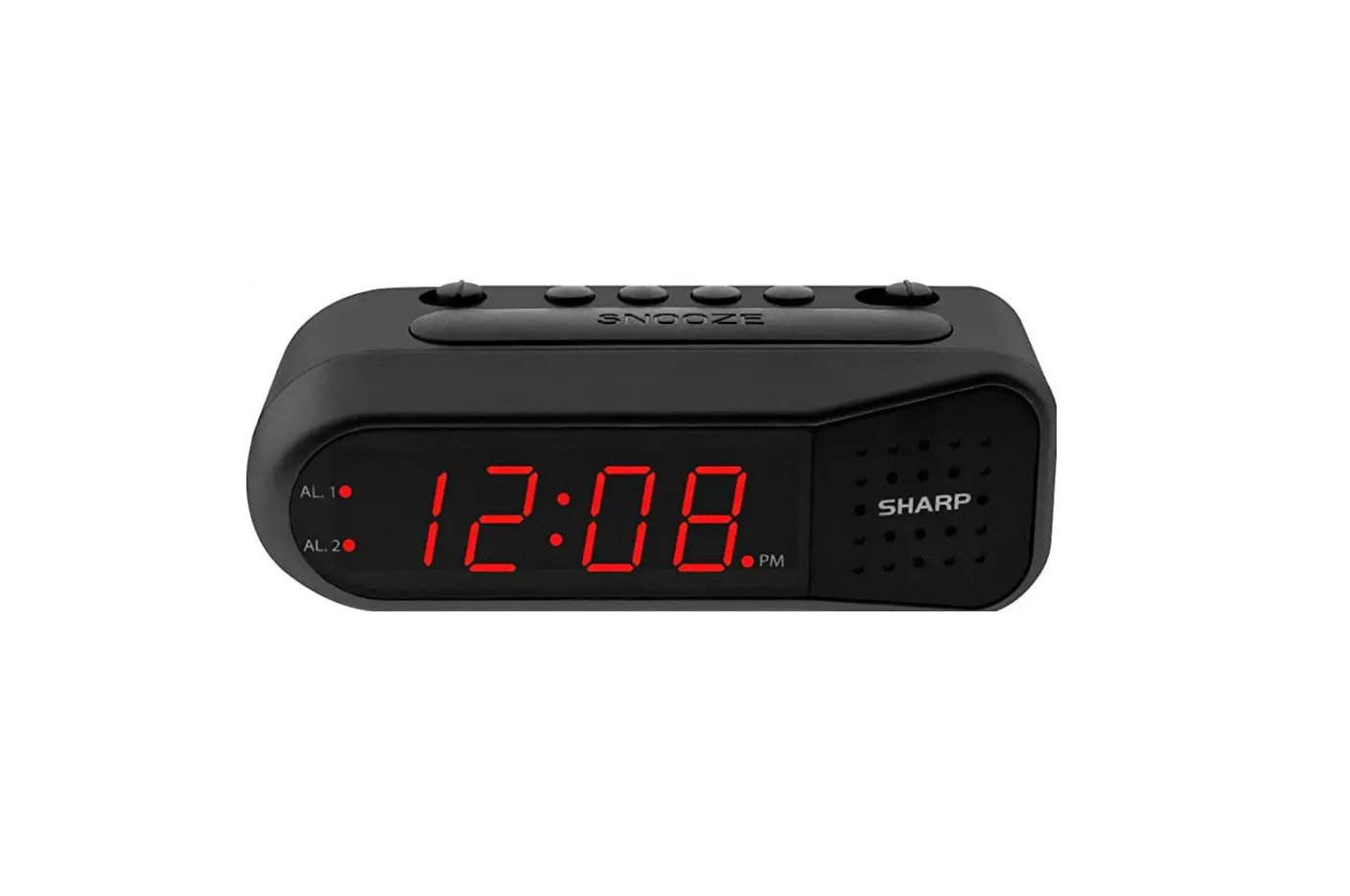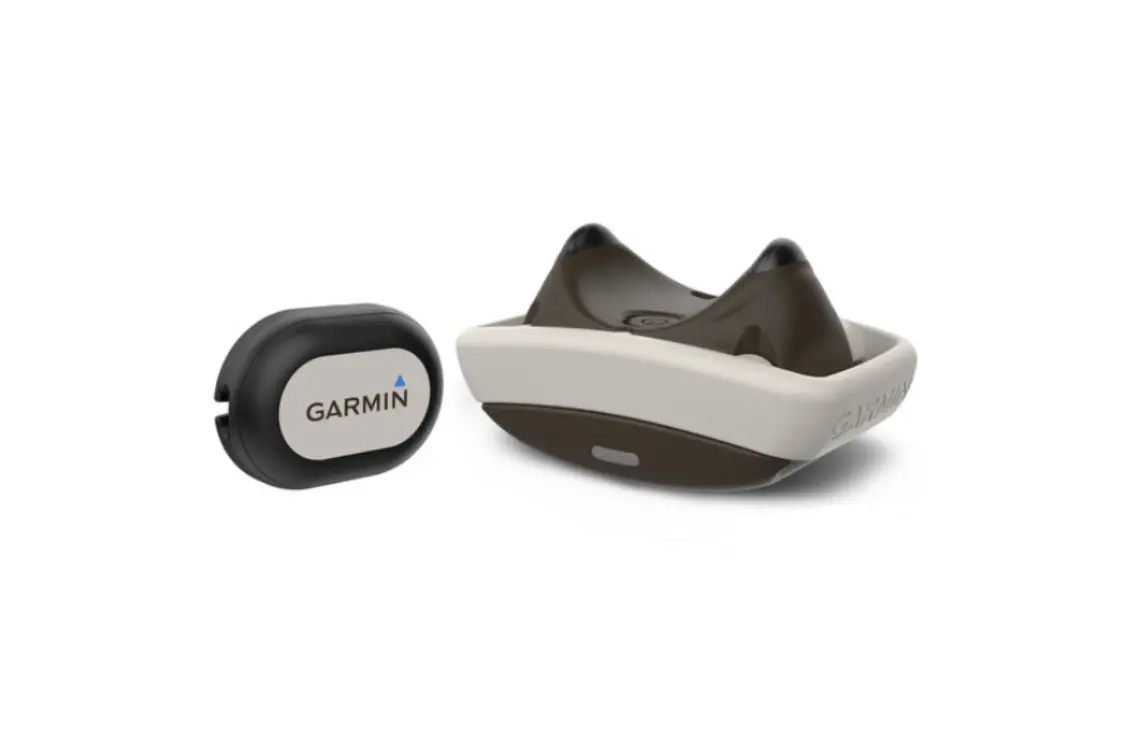dodow Sleep Aid Device User Guide

We are Livlab, a team of insomniacs, designers and entrepreneurs, whose mission is to improve your sleep.
THE PROBLEM. Today, there are natural solutions with very positive results: therapies, coprology, yoga, meditation. However, these techniques have not been able to spread widely given their high cost or time needed.
OUR SOLUTION. We took the best of these solutions to design Dodi, the first light metronome that retrains your brain to naturally fall asleep on its own again without medication.
Getting started
Features

Inserting / changing batteries
Dodow’s light flashes when the batteries are dead.
Turning Dodow’s on
You can choose between two breathing modes. Here’s how you can activate each of them:
 8 MINUTE MODE.
8 MINUTE MODE.
Touch the touchpad once.
 20 MINUTE MODE.
20 MINUTE MODE.
Touch the touchpad twice. During the 8 minute mode, if you want to run the 20 minute mode without starting the exercise from scratch, touch the touchpad twice as well.
Brightness settings
If the light projected onto the ceiling doesn’t suit you, you can always adjust the brightness settings. Please first make sure Dodow’s is off.

Turning Dodow off
Dodow shuts down automatically at the end of each exercise.
 You can switch it off beforehand by pressing on the touchpad with your finger for 3 seconds.
You can switch it off beforehand by pressing on the touchpad with your finger for 3 seconds.
Using Dodow
Falling asleep with Dodow
1. STARTING OFF. Keep Dodow within reach and activate the 8 or 20 minute mode.
2. BREATHING. Focus on the blue light beam projected onto the ceiling and gently synchronize your breathing with the light:

Inhale when it expands. Exhale when it retracts.
Exhale when it retracts.
Breathe with your lower abdomen (abdominal breathing). Remain passive and don’t force yourself to sleep: you are able to fall asleep on your own and Dodow only speeds up the process. To this end, gently focus your attention on the lower part of your abdomen (below the navel) and try to feel the sensations in this part of your body.
3. FALLING ASLEEP. Sleep will come naturally during or shortly after the exercise. Dodow will shut down automatically.
Physiological mechanism
Understanding how something works makes you better equipped to reap its benefits. Take 30 seconds to read below or watch our video at mydodow.com/video.

- ALERT STATE. An imbalance in the autonomic nervous system is responsible for most difficulties when falling asleep: when disturbed, neurotransmitters like noradrenaline signal your brain to stay awake.
- BREATHING. Dodow helps you restore the balance of the autonomic nervous system thanks to slow breathing. Following a slow and regular breathing (6 breaths per minute is the optimal rate) helps stimulate the baroreflex: a physiological mechanism that allows you to relax.
- REST STATE. After 8 minutes you will be in the `rest and digest’ state. Your metabolism will slow down, the secretion of neurotransmitters will stop, and your body will be completely relaxed, leaving you less receptive to your thoughts and to the ambient noise. Sleep is not far off…
Additional exercises
FOCUSING ON YOUR LOWER ABDOMEN.
When you continually focus your attention on your lower abdomen, blood flow to this area increases (there is more blood flowing in this part of your body). The blood supply to the brain then decreases, leading to slower brain activity, and helping you to feel less agitated.
While synchronizing your breathing with Dodow’s light, gently focus on the lower part of your abdomen: try to feel the sensations in this part of your body. This is how you can order your attention: 50% synchronizing your breathing with the light, 25% feeling the sensations in your lower abdomen and 25% focusing on the remaining sensations, those you are not in ability to control.
MENTAL SATURATION.
This exercise is designed for those who think too much. The objective is to create a diversion to occupy your mind with something far less stimulating than your thoughts. You may face difficulties following Dodow’s exercise at first, feel free to practice this exercise through several sessions.
While synchronizing your breathing with the light, repeat as clearly and as distinctly as possible (in your head): “Inhale” when you breathe in and “Exhale” when you breathe out (if you can’t do this, try repeating “1” when inhaling and “2” when exhaling, or simply repeat “A” for both). In all cases, the time it takes you to say the words in your head must be adjusted to match the duration of inhalation and exhalation. The slower the pace of your breath, the longer it should take you to silently enunciate the words.
FOCUSING ON THE LIGHT.
This is only for those still struggling with the breathing exercises after four sessions. The objective is to both use the hypnotic power of the variation of the luminous intensity to help you let go, and the visual focus to occupy your brain.
Don’t try to synchronize your breathing with the rhythm of the light. Rather, keep your eyes open and try to focus on the variation of the luminous intensity. Focus about 70% of your attention on the variation of the light’s intensity. Feel your pupils widen slightly when the halo expands and retract when it shrinks. Likewise, feel them slightly retract when the halo is shrinking. Let your mind be distracted by the rhythm of the light on the ceiling. Remember not to concentrate on the light too intently, so as to avoid headaches.
FAQ
Should I inhale when the halo of light expands or when it shrinks? You should inhale when the halo expands and exhale when it retracts.
The exhalation seems longer than the inhalation, is this normal? Yes, the exhalation is deliberately longer. Indeed, with slow breathing, and when the exhalation is longer than the inhalation, more CO2 is released. When the CO2 concentration in the blood decreases, so does the size of the cerebral vessels. This phenomenon, called vasoconstriction, creates a sensation of tiredness which is conducive to falling asleep.
Where should I focus my attention? Part of your attention will automatically be focused on the light and the pace you will be following. You should focus the rest of your attention on your lower abdomen. You should do so gently, without exertion and adopt a passive attitude. This exercise is easy to do and requires almost no mental effort.
Should I try stop thinking? No, trying to stop your thoughts is counter-productive. Furthermore, your thoughts are not the reason why you can’t fall asleep, your reaction to them is. Because they are bothering you, you want to stop them. Since this attempt is doomed to fail, it will only leave you feeling more frustrated… and less likely to fall asleep ! Dodow, after 8 minutes, will help you let go of your thoughts they will no longer be an obstacle to sleep.
I feel tired after a few minutes… can I close my eyes and change position? Try to do the exercise for as long as possible, as feeling tired doesn’t necessarily mean you are going to fall asleep. The more you strive to stay awake, the quicker you will fall asleep: this is a phenomenon known as paradoxical intention.
Will Dodow disturb the person lying next to me? If the person’s eyes are closed, they will not be disturbed; if they do the exercise with you, they will fall asleep very quickly.
I tried once and it didn’t work, is it normal? Tests have shown that the first attempt is seldom conclusive. Allow one or two nights to get used to Dodow.
I am used to falling asleep lying on my side, why should I lay on my back? Lying on your back makes you more receptive to the benefits of Dodow. If you do the exercise lying on your back until the end and then settle in your usual position if you are still awake, you will fall asleep… very quickly.
Dodow seems not to function properly or you can’t turn it on? Try resetting Dodow: simply remove the batteries and put them back.
Warranty & disclaimer
WARRANTY. The Customer benefits from the warranty against hidden defects during two years. Any return of the product under the above warranty must be with the prior agreement of LIVLAB. In the event that a manufacturing defect renders the Product unusable, the Customer may contact the LIVLAB After Sales Service at support@ mydodow.com. Livlab undertakes to return free of charge the Product in good working order to the Customer, or a replacement thereof. Should the product be out of stock or impossible to repair, the Customer will be offered a replacement or a refund of the initial Product. Any return of the product under the above warranty must be with the prior agreement of LIVLAB. The defective product must be returned in its original packaging, with all its parts and together with its accessories. Any product, which is incomplete, damaged and/or the original packaging of which has deteriorated, will not be taken back or exchanged under this warranty.
DISCLAIMER. Consult a physician before using Dodow for serious medical conditions or following surgery of the abdomen or thorax. Dodow is not a medical device.

Sleep tight!
Contact
You have an idea, a suggestion, or you just want to say hello? Feel free to email us. [email protected]
Has Dodow saved your nights? please share your experience and help us improve it.
mydodow.com/feedback
Documents / Resources
 | dodow Sleep Aid Device [pdf] User Guide Sleep Aid Device |





